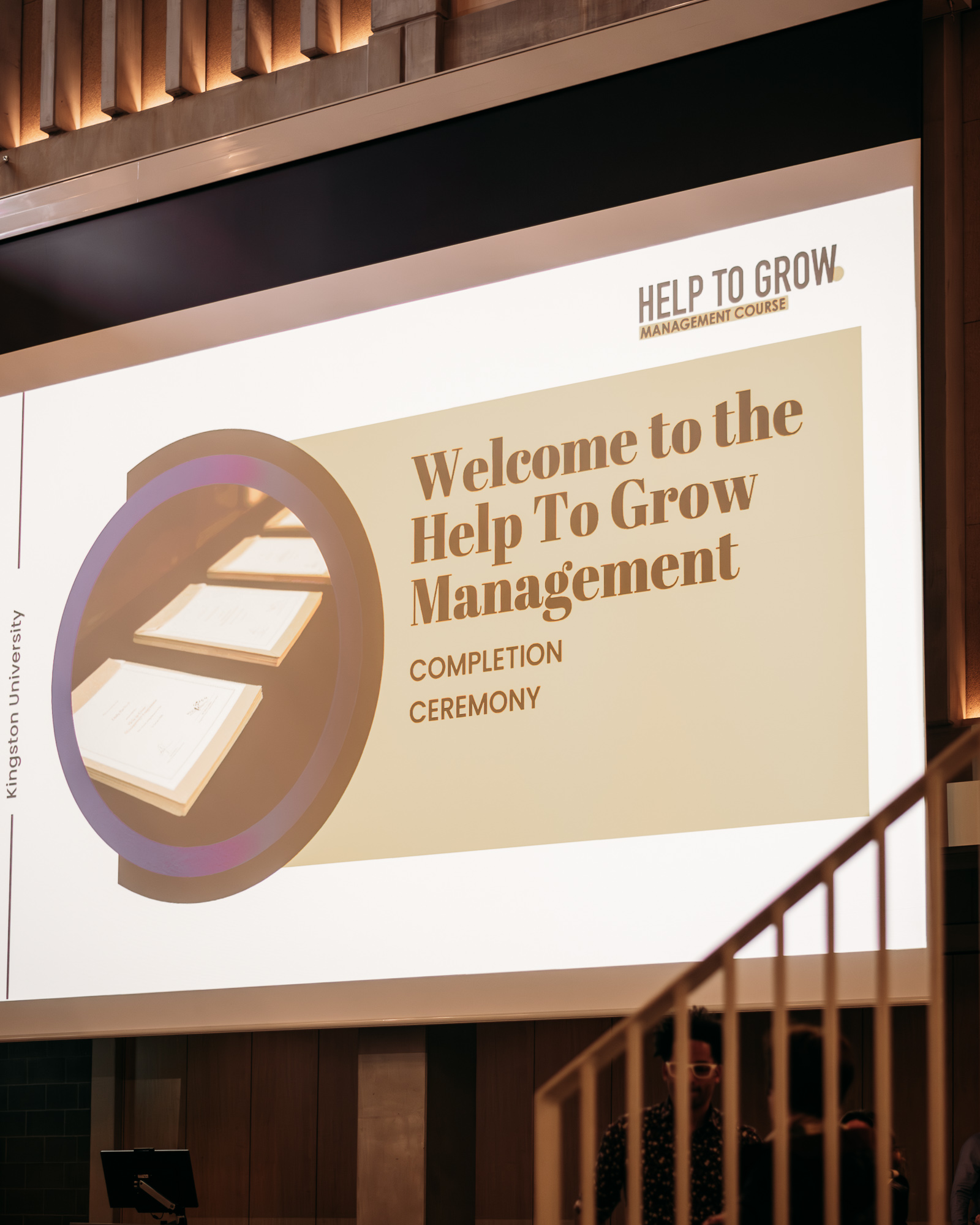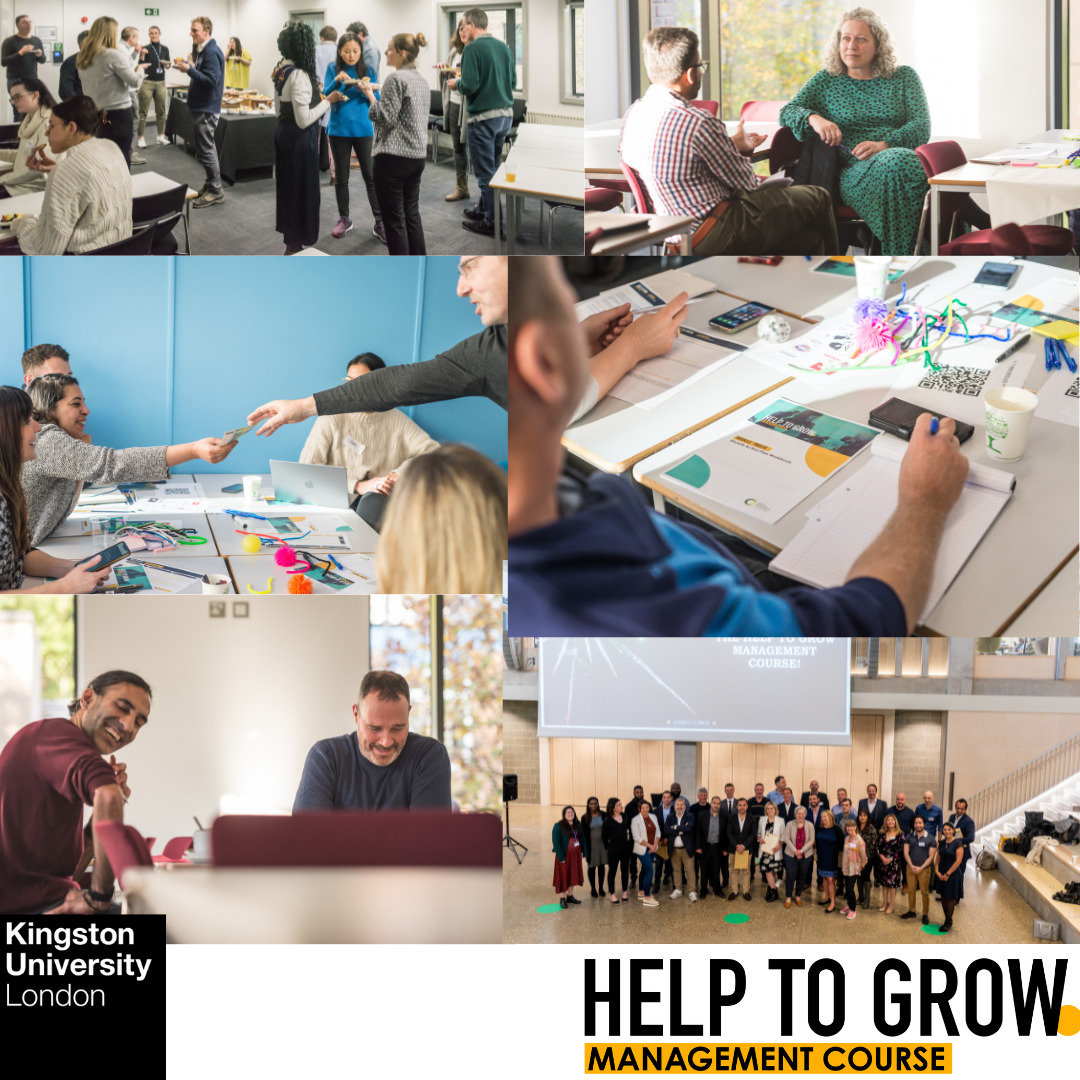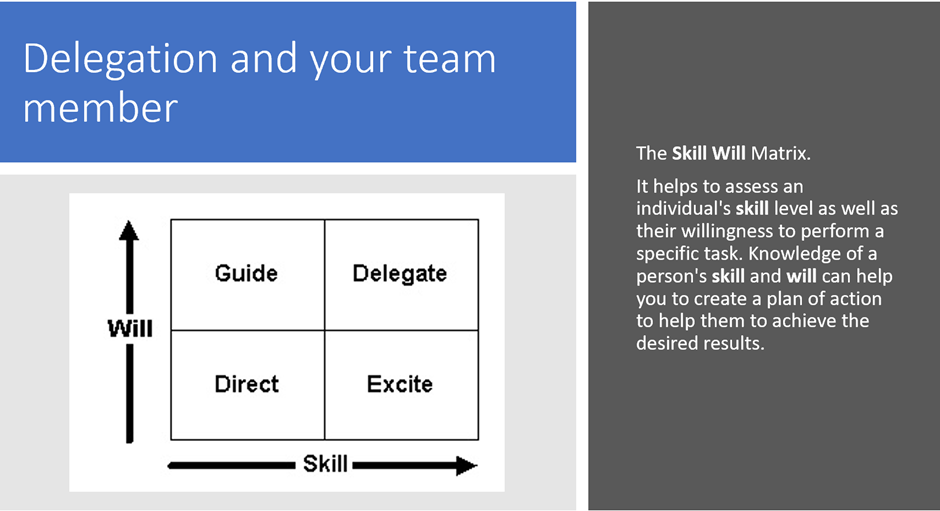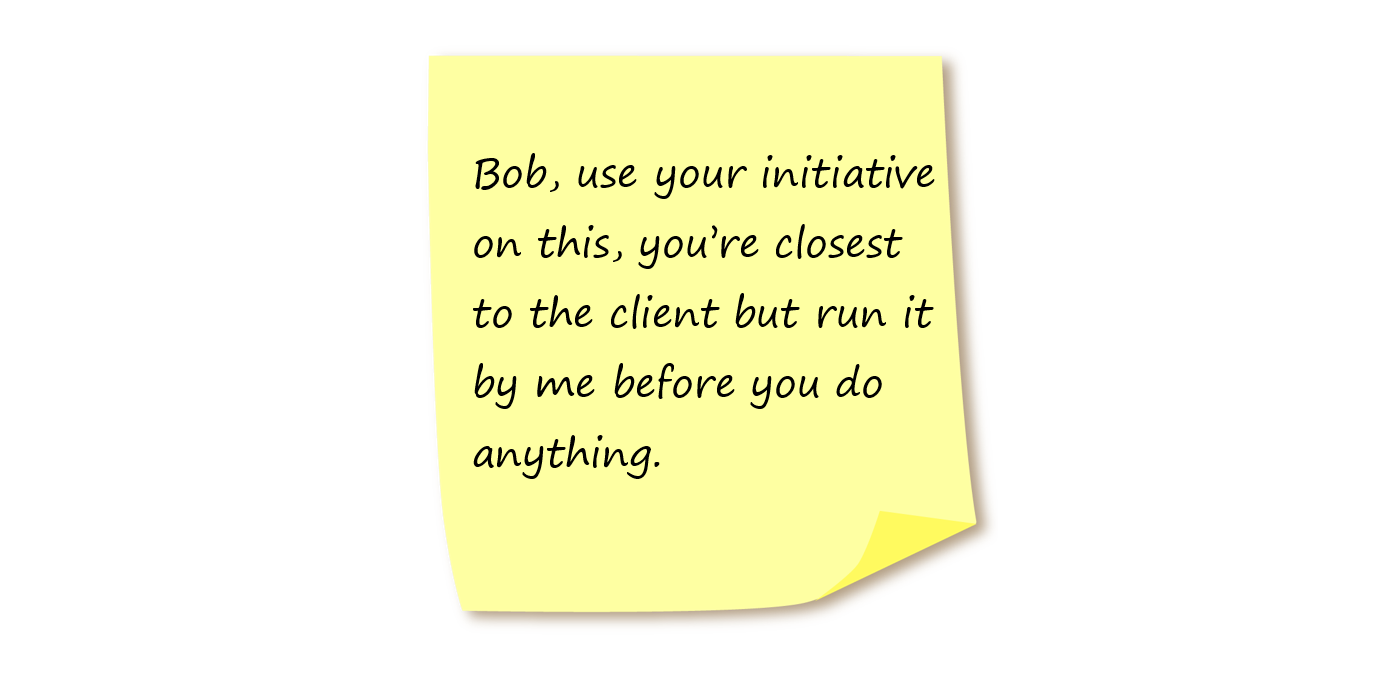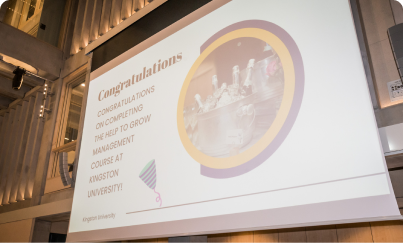Legal formation
https://www.gov.uk/set-up-sole-trader A guide on setting up as a soletrader
https://www.gov.uk/limited-company-formation/register-your-company register your business as a limited company
https://www.gov.uk/set-up-business-partnership/register-partnership-with-hmrc A guide to setting up a partnership
https://www.gov.uk/guidance/set-up-and-run-a-limited-liability-partnership-llp A guide to set up a limited liability partnership
https://www.gov.uk/publications/community-interest-companies-how-to-form-a-cic Information on setting up a community interest company
https://www.gov.uk/set-up-a-social-enterprise A guide to different social enterprises (‘Social enterprise’ is not a legal formation)
https://www.gov.uk/government/publications/formation-and-company-secretarial-agents/company-formation-agents-and-secretarial-agents If you are struggling to set up your business on your own a formation agency may be able to help you.
Finance- accounting and support
https://www.icaew.com/- The Institute of Chartered accountants, those marked BAS will give start-up businesses a free hour of their time
https://www.accaglobal.com/ The Association of Chartered Certified Accountants (ACCA)
www.hmrc.gov.uk HM Revenue & Customs
www.responsiblefinance.org.uk Responsible Finance
www.uktaxcalculators.co.uk/tax-calculators/business-tax-calculators Useful tool for working out tax
https://www.smallbusinesscommissioner.gov.uk/ The Small Business Commissioner, they help small and medium sized businesses to chase payment and outstanding invoices
https://www.startuploans.co.uk/cash-flow-forecast-template/ Free cash flow forecast template
https://www.startuploans.co.uk/personal-survival-budget-template/ Free personal survival budget
Accountancy software: Xero, QuickBooks, Sage, Kashflow, FreeAgent.
Finance- funding
https://www.gov.uk/guidance/venture-capital-schemes-apply-for-the-enterprise-investment-scheme The governments Enterprise Investment scheme
https://www.bcvs.co.uk British Venture Capital Association
Some venture Capital Funds (there are many more)- Capital SFC, Seedcamp, LocalGlobe, Frontline Ventures, Force over Mass, Connect, Playfair capital
Venture builders (again there are many more)- Blenheim chalcot, The Founders Factory, Insurtech gateway
www.princes-trust.org.uk The Princes Trust provide business support and access to loans for 18-30 year olds.
www.ukbusinessangelsassociation.org.uk UK Business Angels Association
Other Angel networks (again there are lots more)- 24 Haymarket, Cambridge capital group, Oion, Green Angel Syndicate, Capital SFC, Cambridge Angels, Angel Academe
ukcfa.org.uk The UK Crowdfunding association
Crowdfunding websites- Kickstarter, Funding circle, Crowdfunder, CrowdCube, Indiegogo, Abundance, Seedrs and many more
Loans (again there are far more available including through high street banks)- British Business Bank, UKRI Innovate UK, Startuploans.co.uk
There may also be grants available and we recommend doing a thorough search online and checking what is available for businesses through your local council and central government. You may also want to invest in https://www.grantfinder.co.uk/ to search grants (although some councils can give you access to this or places such as the British Library’s BIPC which offer free membership will also have access for their members on site).
https://www.canva.com/learn/pitch-deck-examples/ See examples of pitch decks from some now very successful companies
Marketing and marketing tools
www.cim.co.uk Chartered Institute of Marketing
https://learndigital.withgoogle.com/digitalgarage/ Google Digital garage
https://en-gb.facebook.com/business/learn Facebook blueprint
https://www.linkedin.com/learning/ Linkedin Learning
https://www.google.com/intl/en_uk/business/ Google my business
Manage your social media with tools like Hootesuite, Pablo or Later
https://www.canva.com Free design templates
https://www.hubspot.com/resources/template Variety of free templates for different digital marketing channels
Use Unsplash, Pexels or Pixabay to source free to use images
https://fortune.com/2011/12/15/10- rules-for-picking-a-company-name Advice on choosing the right name for your brand (if you plan to trademark your name please also refer to ‘what you can not register’ here: https://www.gov.uk/how-to-register-a-trade-mark)
Intellectual Property
Https://www.gov.uk/government/publications/non-disclosure-agreements Templates for NDAs (we recommend always talking to an IP lawyer though!)
https://ipo.gov.uk Intellectual Property Office
Most IP lawyers will give you a free 30 minute session. You can search for patent attorneys in particular at cipa.org.uk and trademark attorneys at https://www.citma.org.uk/
https://www.gov.uk/how-to-register-a-trade-mark How to register a trademark in the UK
www.gov.uk/search-for-trademark Search existing trademarks https://euipo.europa.eu/ohimportal.en/apply-now European trademark registration
https://www.wipo.int/madrid/en Allows you to file a trademark across different countries
https://www.gov.uk/patent-your-invention How to apply for a patent in the UK
www.epo.org European Patent Office
www.wipo.int Patent co-operation Treaty- can apply internationally for patents with less forms
https://worldwide.espacenet.com/ Espacenet allows you to search existing patents
https://www.gov.uk/register-a-design How to register a design in the UK
https://www.wipo.int/designdb/hague/en Status of registered designs in line with the Hague Agreement
https://www.tmdn.org/tmdsview-web/ registered design search across Europe and globally
https://www.gov.uk/copyright What works are covered by copyright in the UK
https://www.wipo.int/treaties/en/ip/wct/ WIPO copyright treaty- what protection is offered across different countries
Other types of intellectual property which you do not need to register include ‘Know how’ and ‘Trade secrets’. We recommend researching these online if you feel they apply to your start-up.
Sourcing and manufacturing
Textile forum – Fashion
Fashion SVP – Fashion
Letsmakeithere -Fashion
Sewport -Fashion
Make it British – UK manufacturers
www.applegate.co.uk – can help connect you with suppliers, manufacturers etc
You may also want to team up with a product development company (always first make sure you are confident sharing your Intellectual property with them): https://upcity.com/uk/product-design
Business support and general information
https://www.startupdonut.co.uk/ Start-up Donut
https://proto.io/ Test your apps designs here with a 15 day free trial
https://sell.amazon.co.uk/programmes/launchpad Grow your business through Amazon
Accelerators and incubators (again not an exhaustive list, and many of these have a specialism)- ATI Boeing Accelerator, Pi Labs, Techstars, Wayra, Digital health London, BGV, Sport tech hub, L39, Ignite, LMarks, The Bakery, Healthfoundry, Geovation, Eitdigital, Tech Startup Academy, FounersDoor, OneTech, DoItNowNow, Foundervine
www.businessforlondon.co.uk Business for London
www.barclays.co.uk/connector Barclay’s connector
https://www.thebfa.org/ British Franchise
Association- support for franchises www.britishchambers.org.uk Chambers of commerce (many areas also have local branches which are googable)
www.managers.org.uk Chartered Management Institute
www.beis.gov.uk Department for Business, Energy & Industrial Strategy
www.fbs.org.uk The Federation of small businesses
www.hse.gov.uk Health & Safety Executive
www.iod.com Institute of Directors
www.lawsociety.org.uk The Law Society
www.ioee.uk The Institute of Enterprise and Entrepreneurs
www.taforum.org Trade Assiociation forum
www.tradiningstandards.uk Trading Standards Institute
www.fashion-angel.co.uk Fashion Angel Support and finance for fashion businesses
www.enterprisenation.com Enterprise Nation
www.socialenterprise.org.uk Social Enterprise UK
https://www.the-sse.org/ The School of Social Entrepreneurs
https://www.thefsi.org/ The Foundation for Social Improvement- support for charities and social enterprises
https://www.ncvo.org.uk/#/ The National Council for Voluntary Organisations – support for charities
www.lawdonut.co.uk The Law Donut- covers legal issue which may effect your business
https://www.axa.co.uk/business-insurance/business-insurance-wizard Use Axa’s free tool to work out what insurance your business needs
Www.acas.co.uk Employment contracts support
www.legalcontracts.co.uk Has a variety of legal templates (please do read section 7 of their T&Cs regarding use of these documents)
https://laptopfriendly.co/london Work place friendly shops and cafes in London with free wifi
https://www.tutti.space/ Hire creative spaces
https://www.appearhere.co.uk/ Pop up spaces for hire (it is also always worth speaking to your local council about meanwhile space or searching locally to you)
www.codeacademy.com Free and paid coding courses
www.udemy.com Free and paid coding courses
https://www.wearecreative.uk/ Creative UK- support for the creative sector
https://www.futurelearn.com/ and https://alison.com/courses Free online development courses



















